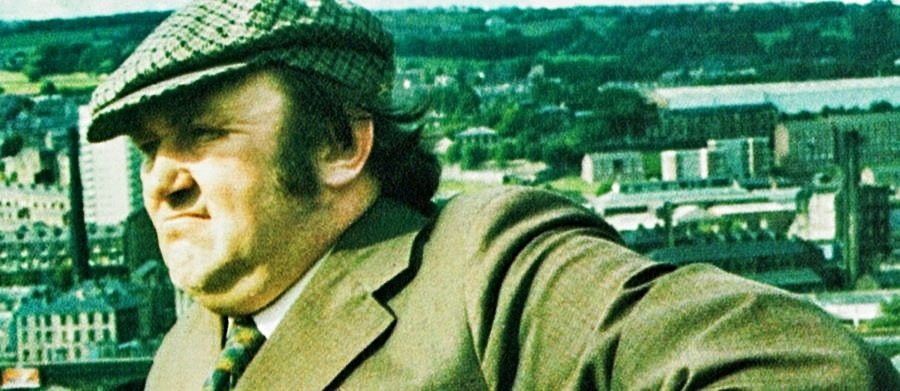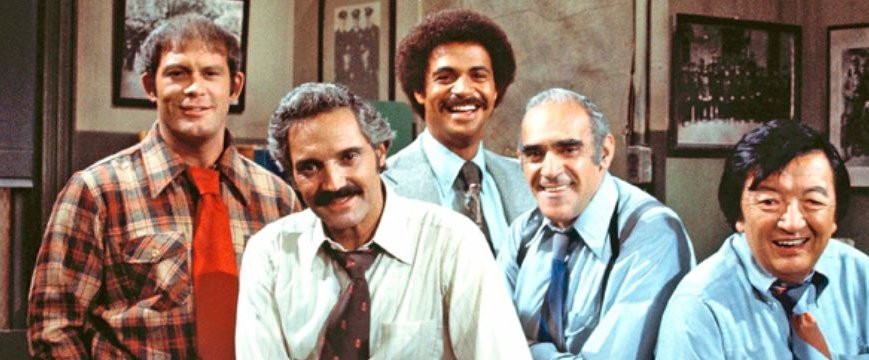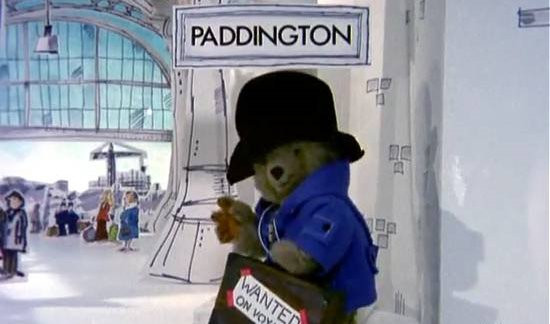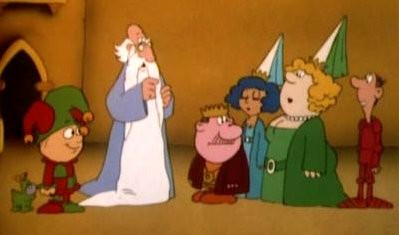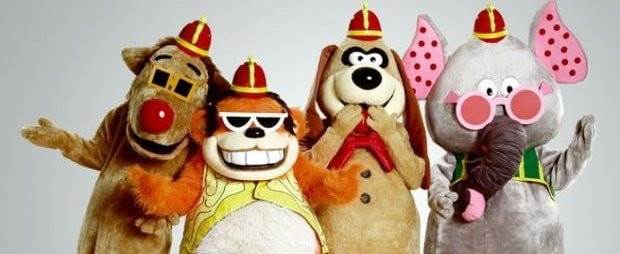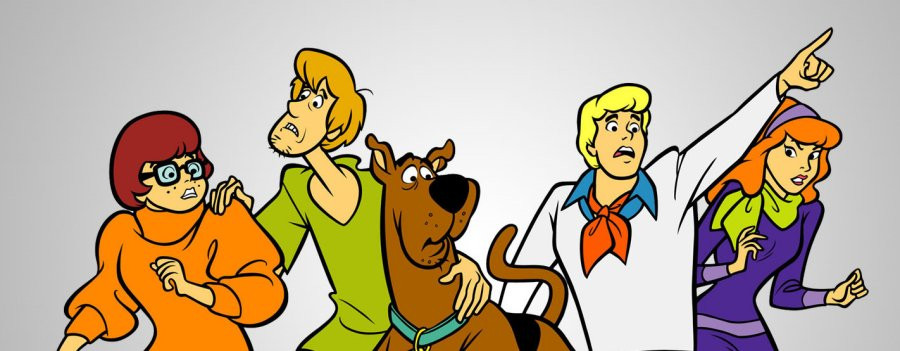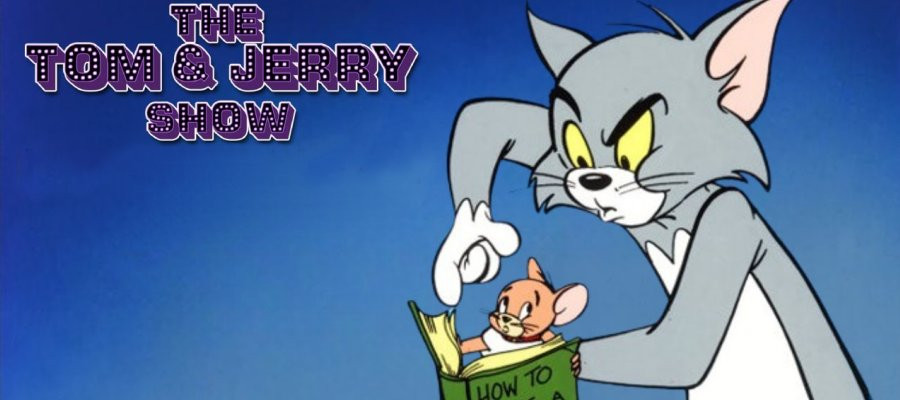
The Tom & Jerry Show
1975 - United StatesTom and Jerry have been hurling frying pans, dodging mallets and generally making an almighty racket since 1940, when William Hanna and Joseph Barbera first unleashed the famously feuding cat and mouse onto unsuspecting cinema audiences. Conceived at a time when MGM’s cartoon studio was scrambling to keep up with the titans at Walt Disney and Leon Schlesinger (later Warner Brothers Cartoon Studio), the duo’s debut in Puss Gets the Boot was an instant triumph. Tom – then known rather grandly as Jasper – and Jerry scampered straight into an Academy Award nomination, setting the tone for a run that would eventually earn them seven Oscars and an enviable place in animation history.

Over the next two decades, Hanna and Barbera produced 114 shorts, refining the duo’s timeless formula: Tom tries to catch Jerry, Jerry outsmarts Tom, and the household insurance premium skyrockets. After MGM closed its cartoon studio in 1957, the pair’s adventures were improbably revived in Czechoslovakia under director Gene Deitch, who added thirteen more instalments. Not to be outdone, the legendary Chuck Jones later contributed a further 34 shorts, bringing his own distinctive flair to the chaos. With a handful of twenty-first-century additions, the grand total now stands at 166 films—proof that audiences never tire of a well-aimed custard pie.
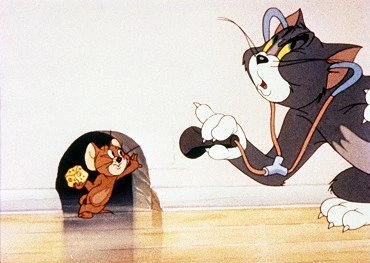
Despite all the mayhem, Tom and Jerry are, at heart, remarkably sophisticated. Their running battles are set mostly in the home, where Tom is usually tasked—often by some unseen human—to keep Jerry under control. His efforts rarely end well. Jerry’s cunning, luck and general sprightliness guarantee Tom’s downfall, whether that involves being flattened, singed, electrocuted or wound into a pretzel by a rogue kitchen appliance. Yet for all the slapstick brutality, moments of genuine warmth peek through. The pair have been known to call a truce when a baby is in peril, joining forces in Busy Buddies and Tot Watchers to avert disaster. It seems even cartoon antagonists can rise to the occasion when duty calls.
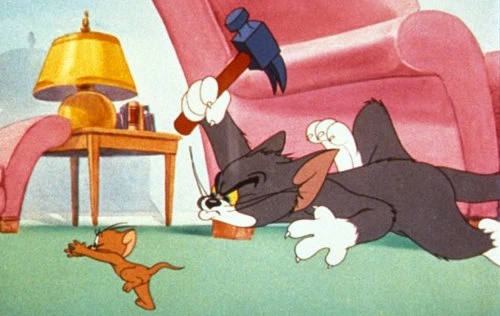
Music plays a starring role in the animated bedlam. Scott Bradley’s scores—an exuberant blend of jazz, classical and pop—carry much of the emotional and comedic weight, often stepping in where dialogue is absent. Tom and Jerry themselves speak only rarely, but their yowls, screams and wicked little laughs supply more than enough character, while supporting figures such as Mammy Two Shoes chatter away quite freely.
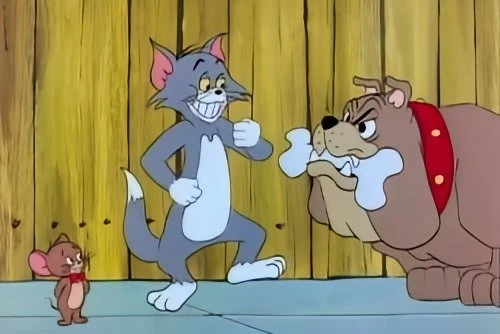
No Tom and Jerry tale is complete without Spike, the burly bulldog who frequently turns Tom into a furry accordion. Sometimes called Killer or Butch, Spike began life as a largely wordless menace, but later gained a voice that echoed the style of comedian Jimmy Durante. Fierce though he is, Spike’s gullibility and devotion to his son Tyke sometimes make him as much a victim of the chaos as Tom.
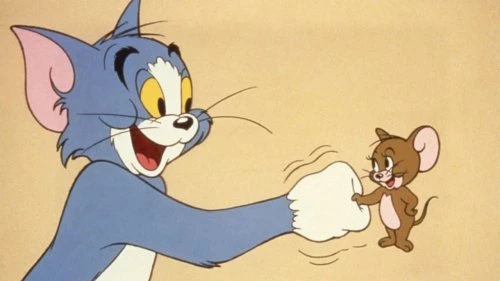
By the 1970s, changing attitudes to children’s television prompted a gentler reinvention. The Tom & Jerry Show, produced by Hanna-Barbera for ABC in 1975, recast the pair as unlikely friends and dialled back the slapstick considerably—much to the bemusement of long-standing fans. Joseph Barbera later remarked that debates about cartoon violence were nothing new, suggesting that even in 1940 some viewers weren’t entirely sold on the idea of a cat being launched into orbit by a stick of dynamite. Nevertheless, the series produced 48 seven-minute shorts and has enjoyed a long afterlife on channels such as TBS, Cartoon Network and Boomerang.
Through every stylistic shift, international relocation and reinterpretation, Tom and Jerry have remained a constant: two rivals locked in eternal, exuberant battle, forever inventing new ways to clobber, chase or outwit one another—and, in spite of it all, displaying just enough affection to keep us rooting for both. Their antics may be chaotic, but their charm is indestructible.
Seen this show? How do you rate it?
Seen this show? How do you rate it?
Published on November 27th, 2025. Written by Laurence Marcus for Television Heaven.



